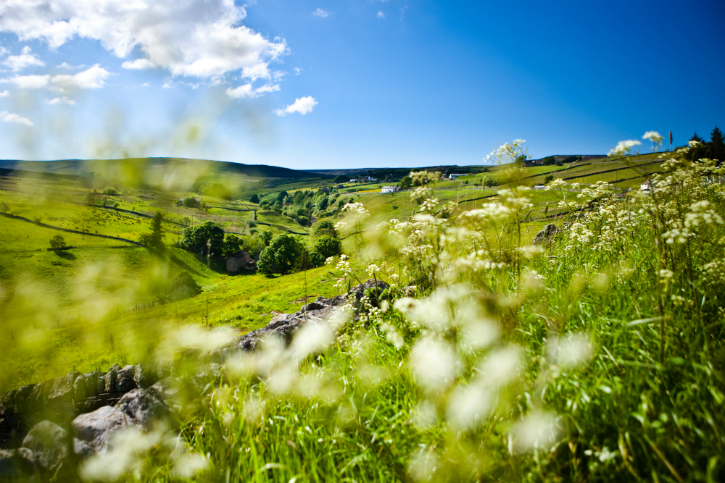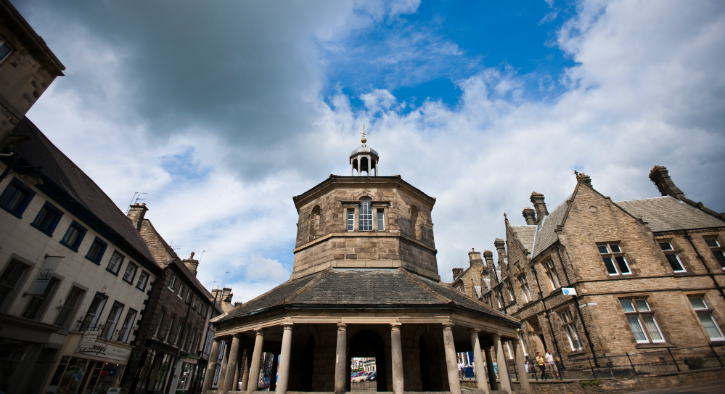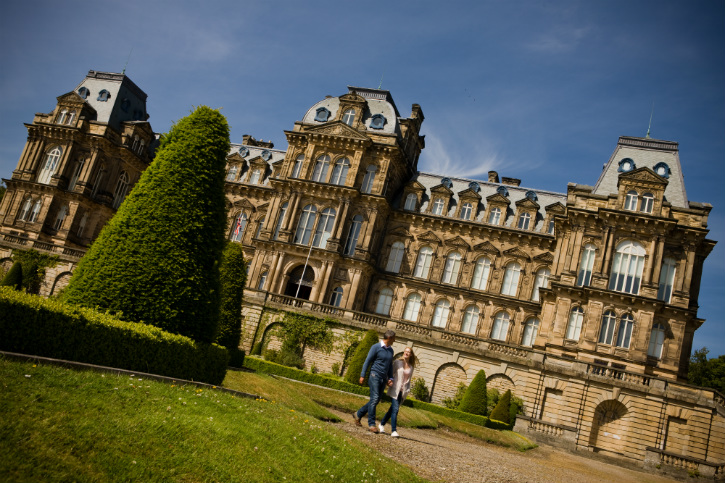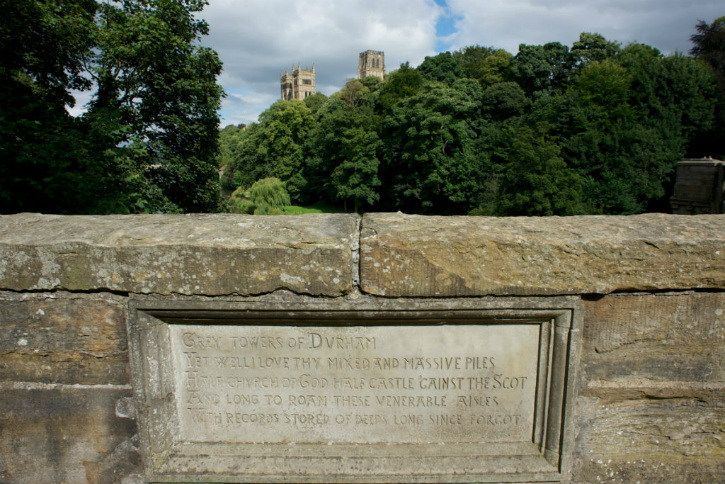
Durham’s landscapes, industry and people have inspired poets, writers and artists throughout the ages.
World Poetry Day seems like the perfect opportunity to take a look at some of the county’s fascinating links with renowned poets, painters and literary greats.
1. Lord Byron and the Durham Coast
Lord Byron is regarded as one of the greatest ever English poets; In January 1815 Byron married at Seaham Hall, a Georgian country house in the harbour town of Seaham on the Durham Coast. Nowadays Seaham Hall is a five-star luxury spa hotel just minutes from the sea front.
Did you know? You can now stay in the actual room in which Lord Byron was married?
2. Charles Dickens and the Durham Dales
The great Charles Dickens visited Barnard Castle in Teesdale in 1838 when researching his novel, Nicholas Nickleby. A meeting with a headmaster and a visit to a local boy’s grave are said to have inspired the characters Wackford Squeers and Smike.

During his visit Dickens also visited William Humphrey’s clock makers shop and enquired about a certain clock. The owner informed the great author that his son had, and soon after a new weekly was published, titled “Master Humphrey’s Clock”.
Did you know? You will find a hand painted mural on the wall of the ‘Dickens Bar’ at the Morritt Country House Hotel in the Durham Dales, depicting a Dickensian scene of life in the 17th Century.
3. Turner, Cotman and the Durham Dales
Master painters JMW Turner and John Sell Cotman visited Durham towards the end of the 18th and beginning of the 19th Centuries, painting many of the county’s beauty spots after being inspired by the breathtaking landscapes and buildings they visited. From High Force to Raby Castle, and from Durham Cathedral to the meeting of the waters and many more, you can follow in the artist's footsteps with our Turner Trail.
Did you know? You will see three ‘Turners’ on display at The Bowes Museum in the Durham Dales.

4. Sir Walter Scott and the Durham Dales
Sir Walter Scott frequently visited his friend JS Morritt at Rokeby Hall, a Palladian-style building in the Durham Dales. Scott was fond of exploring Teesdale, and the hall provides the setting for Rokeby, his epic poem from 1813.
Did you know? Sir Walter Scott commissioned Turner to paint 20 water colours to accompany the poem, Rokeby. and you'll also find a poem by Scott on Prebends Bridge in Durham City.

Did you know?
- Elizabeth Barrett Browning was born in Durham in 1806; she was one of the most prominent poets of the Victorian era.
- The Teesdale Bard, Russell Wilson was a lead-miner and became famous in the 1850s as a renowned published writer.
- Norman Cornish worked in Durham’s coalfields. He began to paint about mining, and about the people who worked in this industry. After 33 years he left his job to become a professional artist. He became one of the most distinguished artists from the region in the post-war years. His works have been on display at various exhibitions, and his works are now sought after around the world.
Find out more: Sign up to our e-newsletter today.
Related
Comments
Comments are disabled for this post.



 to add an item to your Itinerary basket.
to add an item to your Itinerary basket.
.png)





